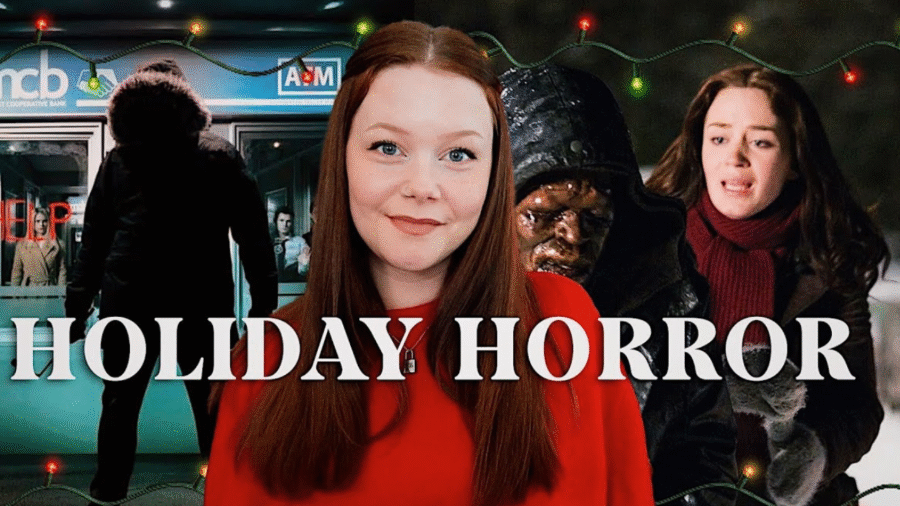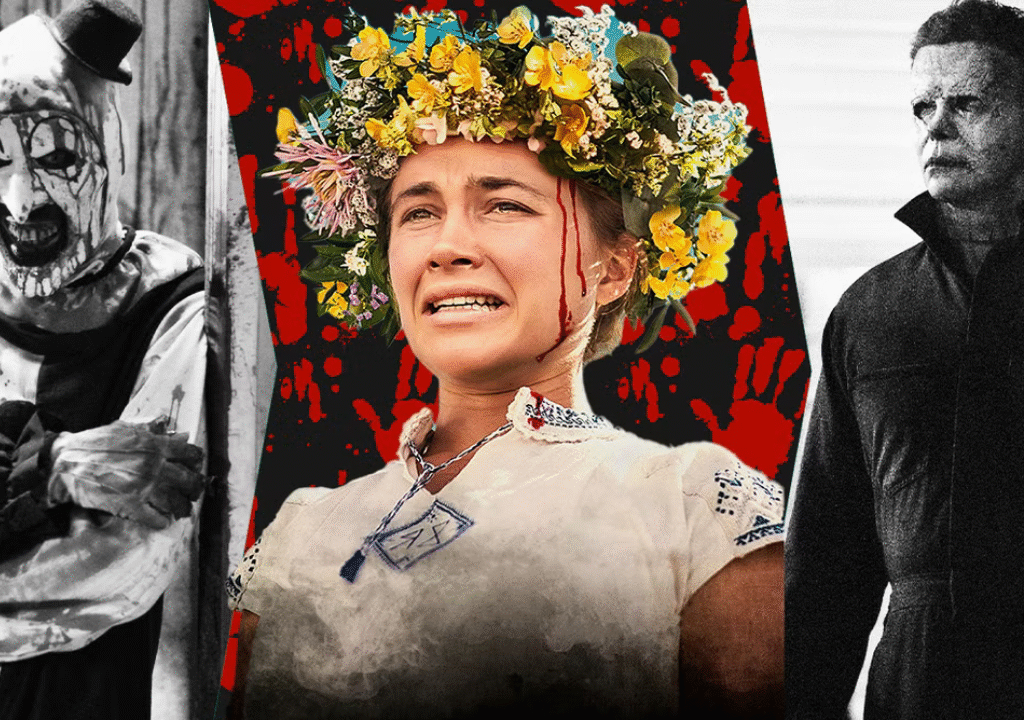When thinking of holiday movies, most people imagine heartwarming family tales or festive comedies set against a backdrop of sparkling lights and snow. However, every so often, holiday cinema surprises us with something unexpectedly unique. One such film is Gremlins (1984), directed by Joe Dante and produced by Steven Spielberg. This film shatters the mold by blending horror, comedy, and Christmas spirit into a cult classic that has intrigued and thrilled audiences for decades.
This article explores the enduring appeal of Gremlins, its innovative blending of genres, holiday themes, production insights, and why it holds a special place in both horror and Christmas movie traditions.
A Holiday Movie Like No Other
Gremlins tells the story of Billy Peltzer, a young man who receives a mysterious creature called a “mogwai” as a pet for Christmas. Despite strict care instructions, chaos ensues when the mogwai spawns mischievous gremlins that wreak havoc on the small town during the holiday season.
Unlike typical Christmas films that focus mainly on joy and goodwill, Gremlins combines festive cheer with dark humor and horror elements. This blend produces a movie that is as amusing as it is unsettling, expanding the scope of what constitutes a holiday film.
Origins and Production
The film was inspired by a combination of classic monster movies and holiday tales, reimagined through the lens of contemporary horror-comedy. Directed by Joe Dante, known for his imaginative and offbeat style, Gremlins balances scares with laughs.
Steven Spielberg executive-produced the film, lending it major studio backing and impacting its high production value. The movie was adapted from a story by Chris Columbus—a writer who would later pen numerous family-friendly hits—adding a unique tone that could appeal to both younger and older audiences.
Innovative Special Effects and Creature Design
One of the film’s standout elements was its groundbreaking use of animatronics and puppetry to create the gremlins. The creatures were designed with intricate details and expressiveness, making them both terrifying and simultaneously funny.
Over 100 special effects professionals worked on bringing these creatures to life, using innovative techniques that have influenced subsequent creature features.
The practical effects, combined with stop-motion animation and live-action puppetry, give the gremlins a physicality that CGI of the era couldn’t replicate, contributing to their eerie realism.
Themes and Holiday Context
Despite its horror elements, Gremlins explores traditional holiday themes such as family, responsibility, and the dangers of carelessness. Billy’s failure to follow the mogwai’s rules mirrors the cautionary tales often told during Christmas about being careful and respectful.
Additionally, the film highlights the dual nature of Christmas—joy and chaos—underscoring how the season can bring both happiness and unforeseen complications.
Balancing Horror and Comedy
Gremlins succeeds partly because of its genre blending. The comedic elements—often slapstick and dark humor—balance the film’s horror aspects, making it accessible to a broader audience.
Scenes of gremlins causing mischief deliver laughs, while other moments provide genuine scares, keeping viewers engaged through varied emotional beats.
The film’s ability to walk the fine line between scares and laughs has made it a template for the horror-comedy genre.
Cultural Impact and Legacy
Since its release, Gremlins has become a cult classic with a dedicated fanbase. The film sparked merchandising, comic books, and video games, expanding its universe beyond cinema.
It also inspired a sequel, Gremlins 2: The New Batch (1990), which embraced even more overt comedy and satire.
The movie’s influence can be seen in various media that blend horror and humor, especially those released during the holiday season.
Ratings and Controversy
Gremlins was notable during its release for its PG-13 rating, a newly introduced classification by the MPAA, due to its mix of violence, horror, and humor. Some parents were surprise by the darker content, leading to debates about suitability for children.
This discussion highlighted the film’s unique position straddling family entertainment and horror, which remains part of its allure today.
Why Gremlins Remains Relevant
The film taps into universal feelings about the chaos holidays can bring, packaged in an entertaining and unforgettable way. Its pioneering effects, memorable creatures, and genre-blending story continue to captivate new generations.
Gremlins challenges traditional holiday movie conventions and invites audiences to celebrate Christmas with a little mischief and mayhem.
Learn More About Gremlins (1984)
For more detailed insights, reviews, and production trivia, the IMDb page offers comprehensive information: Gremlins (1984) – IMDb.
Read More: The Nightmare Before Christmas: A Timeless Holiday Classic
Conclusion
Gremlins stands out as a unique and influential holiday film combining horror, comedy, and Christmas themes. Its trailblazing use of special effects, compelling storytelling, and cult status make it a must-watch for holiday movie lovers looking for something off the beaten path.
By blending scares and laughs, the film brings fresh energy to the Christmas movie cannon, proving there’s room for all kinds of festive storytelling.



Add a Comment